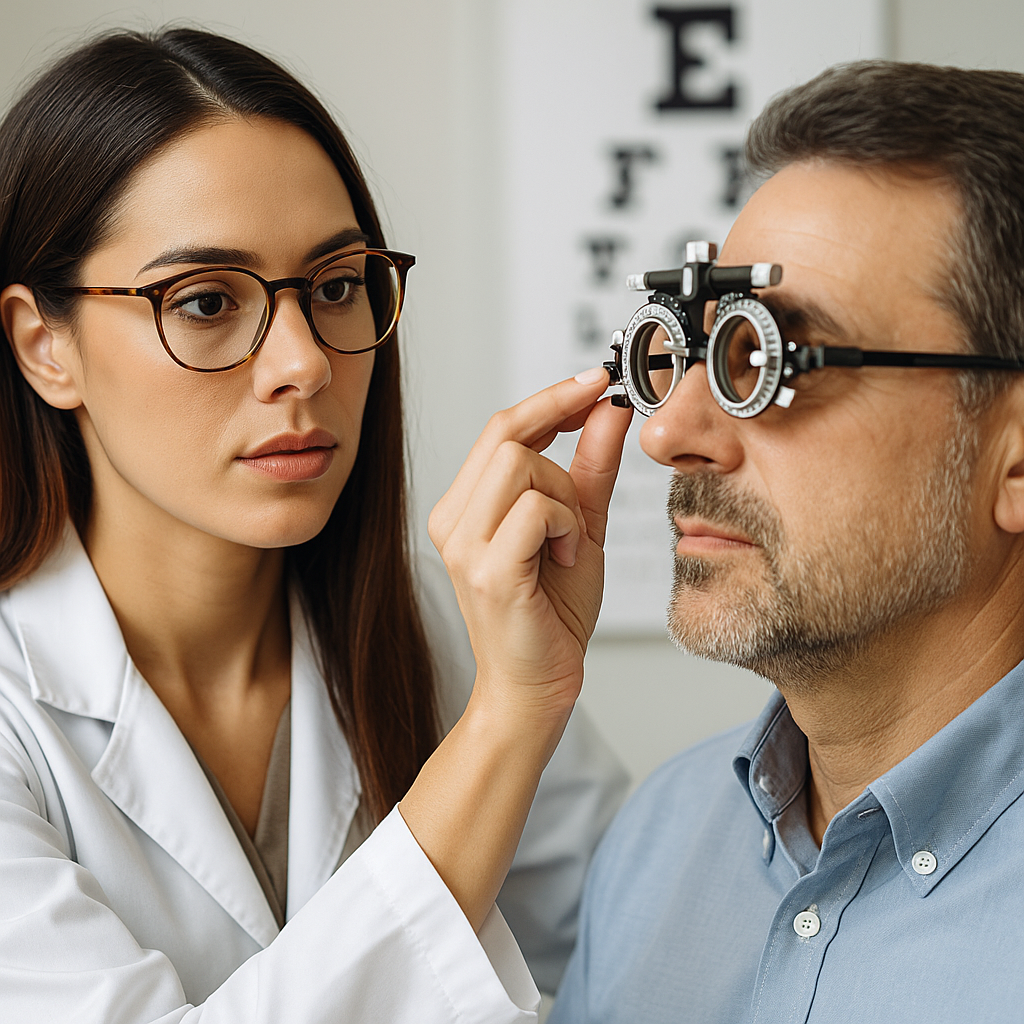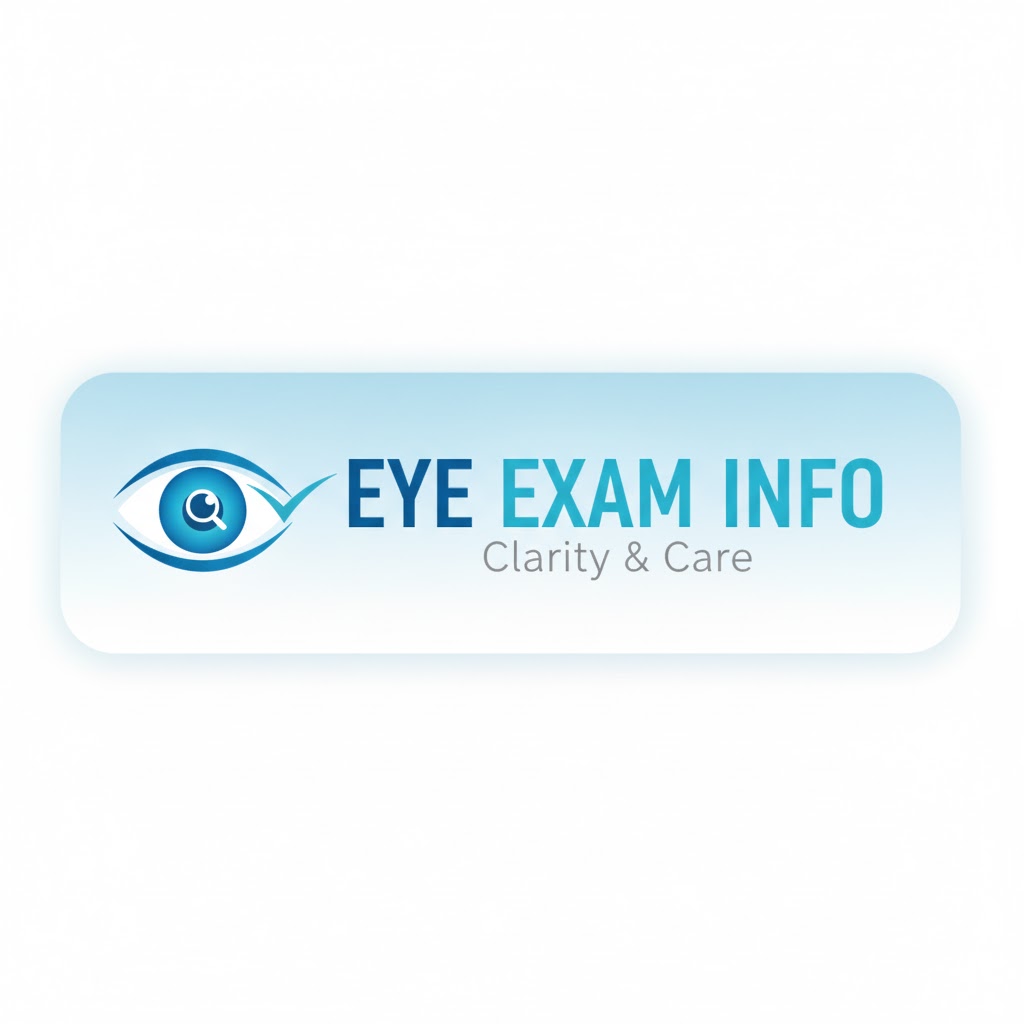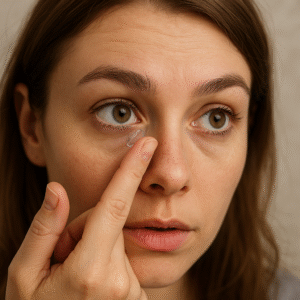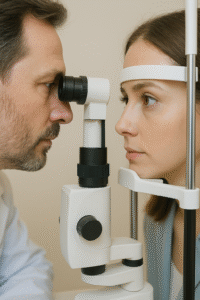Comprehensive Eye Exam: What It Includes, Why It Matters & How Often You Need One (2025 Guide)

If you’ve ever wondered, “Do I really need a comprehensive eye exam?” — the answer is a resounding yes.
A comprehensive eye exam is more than just checking if you need new glasses. It’s a deep look into your overall eye health — and often, your whole-body health.
Let’s explore exactly what a comprehensive eye exam includes, how often you should have one, and how to find affordable options near you. 👁️
What Is a Comprehensive Eye Exam?
A comprehensive eye exam is a full assessment of your vision and eye health performed by an optometrist or ophthalmologist.
Unlike quick “vision screenings” at schools or DMV offices, a comprehensive exam checks eye function, focus, health, and early signs of disease.
It can detect:
- Nearsightedness, farsightedness, and astigmatism
- Glaucoma
- Cataracts
- Diabetic eye disease
- Macular degeneration
- High blood pressure or diabetes (sometimes visible in the retina!)
A comprehensive eye exam is essentially a health check-up for your eyes — and it could save your vision.
What Does a Comprehensive Eye Exam Include?
Here’s what typically happens during a comprehensive eye exam:
| Test | Purpose | Description |
|---|---|---|
| Visual Acuity Test | Measures sharpness of vision | “Read the smallest line you can.” |
| Refraction Test | Determines prescription | The classic “Which is better, 1 or 2?” test. |
| Pupil Dilation | Examines retina and optic nerve | Eye drops widen pupils for internal exam. |
| Slit-Lamp Exam | Detects eye disease | Uses a microscope to check cornea, iris, and lens. |
| Tonometry | Measures eye pressure | Checks for glaucoma. |
| Retinal Imaging (Optional) | Captures detailed eye photo | Helps detect early diabetic or vascular issues. |
💡 Pro Tip:
Many clinics now offer digital retinal scans that eliminate the need for dilation — so no blurry vision afterward.
How Often Should You Get a Comprehensive Eye Exam?
| Age Group | Recommended Frequency | Notes |
|---|---|---|
| Children (6–18) | Every 1–2 years | Detects learning-impacting vision issues. |
| Adults (18–40) | Every 2 years | Earlier if you wear glasses or contacts. |
| Adults (40–60) | Every 1–2 years | Checks for age-related eye changes. |
| Seniors (60+) | Every year | Monitors cataracts and glaucoma. |
📍 People with diabetes, high blood pressure, or a family history of eye disease should have exams annually.
Comprehensive Eye Exam Cost (2025 Averages)
| Provider Type | Average Price | Includes |
|---|---|---|
| Retail Optical Chains (Walmart, Target) | $75–$110 | Standard full exam |
| Optometrist Office | $100–$160 | Personalized diagnostics |
| Ophthalmologist (Medical Doctor) | $150–$250 | Includes retinal & dilation |
| Online or Virtual Pre-Test | $50–$70 | Partial exam, not medical-grade |
🩺 Insurance Tip:
Most vision plans (VSP, EyeMed, Davis Vision) cover one comprehensive exam per year with a small copay ($10–$25).
If uninsured, check community health centers or LensCrafters Clarifye™ for discounted options.
Comprehensive Eye Exam vs Routine Vision Exam
| Feature | Comprehensive Exam | Routine Vision Exam |
|---|---|---|
| Scope | Full medical & vision check | Basic prescription check |
| Eye Health Screening | ✅ Yes | ❌ Limited |
| Retinal Exam | ✅ Yes | ❌ No |
| Glaucoma Testing | ✅ Yes | ❌ No |
| Insurance Coverage | Vision & Medical | Vision only |
🧩 Summary:
A routine vision test tells you if you need glasses.
A comprehensive eye exam tells you if your eyes are healthy.
How to Find a Comprehensive Eye Exam Near You
Finding a trusted optometrist is easy:
- Go to EyeExamInfo.com
- Enter your ZIP code
- Filter by “Comprehensive Eye Exam”
- Choose a provider that accepts your insurance or offers sliding-scale pricing
💬 Most clinics offer same-day appointments and walk-ins welcome options.
Why Kids Need Comprehensive Eye Exams Too
1 in 4 children has an undiagnosed vision problem.
A comprehensive eye exam helps detect:
- Amblyopia (lazy eye)
- Strabismus (crossed eyes)
- Focus and tracking problems
- Reading-related vision delays
🎯 Tip: Book a pediatric comprehensive eye exam before each school year — it’s often covered by insurance or free through CHIP.
Comprehensive Eye Exam – FAQ
How long does a comprehensive eye exam take?
Usually 30–60 minutes depending on the clinic and tests performed.
Is dilation necessary?
In most cases yes — but many clinics now offer digital retinal imaging instead.
Is it covered by insurance?
Yes, most vision and medical plans cover at least one exam annually.
Can I drive after dilation?
It’s best to bring sunglasses and avoid driving for a few hours.
What’s the difference between an optometrist and an ophthalmologist?
Optometrists perform exams and prescribe lenses; ophthalmologists are medical doctors who can treat diseases and perform surgery.




Leave a Comment
Your comment will be published after it has been approved. Please send comments that do not contain slang words.